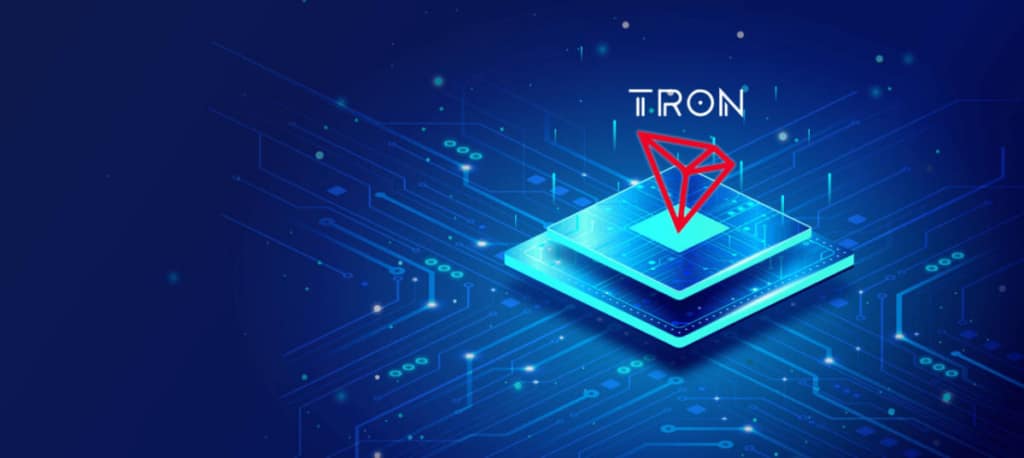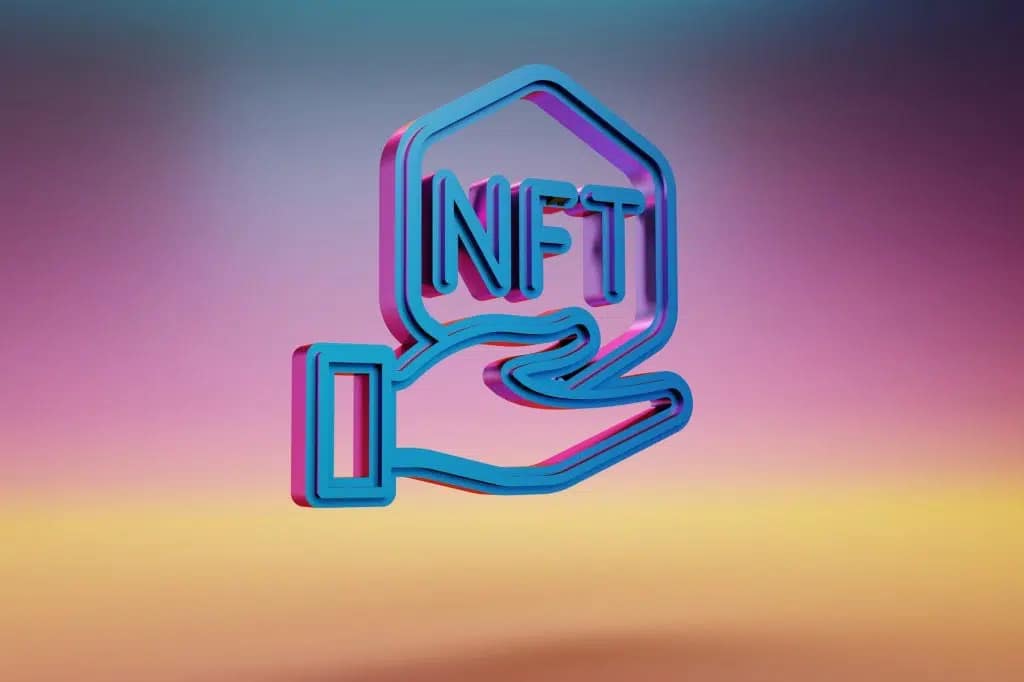This comprehensive guide aims to elucidate the process of mining Tron cryptocurrency (TRX). It provides a step-by-step approach to mining TRX, detailing the necessary tools and strategies to maximize mining profits. This guide is part of an extensive series on mining alternative cryptocurrencies (altcoins).
Deciphering Tron Cryptocurrency
Tron (TRX) is a decentralized platform designed to foster a global digital entertainment ecosystem. It enables content creators to engage directly with their audiences, bypassing the traditional gatekeepers in the entertainment industry. Tron’s native digital currency, TRX, facilitates transactions on the platform and incentivizes both content creators and users. Tron, initially an Ethereum-based ERC-20 token, transitioned to its dedicated blockchain in 2018 to overcome Ethereum’s scaling challenges.
The Mechanics of Tron Mining
Mining Tron, or more accurately, staking TRX, contributes to the network’s security and decentralization. Unlike Proof-of-Work (PoW) systems like Bitcoin, which require substantial computational power, Tron employs a Delegated Proof-of-Stake (DPoS) mechanism. In this system, validators (also known as super representatives in Tron’s terminology) are selected to add new blocks to the blockchain, with TRX holders staking their tokens to support these validators.
Step-by-Step Guide to Tron Mining
To begin mining Tron, follow these steps:
- Selecting the Appropriate Hardware: Tron’s DPoS algorithm does not necessitate specialized mining hardware. A standard computer with a reliable internet connection and a Tron-compatible wallet suffices for staking TRX;
- Setting Up a Tron Wallet: Securely store your TRX earnings in a compatible wallet. Options include hardware wallets like Nano Ledger and Trezor, software wallets, and online wallets;
- Acquiring TRON: Purchase TRX from major cryptocurrency exchanges. Consider transaction fees when using credit cards;
- Staking Your TRON: Stake TRX on a crypto exchange or directly with a validator for potentially higher returns. Staking on an exchange is simpler, while direct staking offers more involvement in the network.
Evaluating the Profitability of Tron Mining
Calculating potential profits from Tron mining involves considering factors like staked TRX quantity and current staking returns, which currently average around 3.45% on exchanges. The exact profitability depends on individual circumstances and market conditions.
Alternative Approaches to Earning TRX
Beyond staking, there are other methods to earn returns on TRX holdings, such as participating in liquidity pools or lending TRX. These alternatives can provide additional avenues for yield generation.
Comparative Table of Cryptocurrency Mining
| Cryptocurrency | Consensus Mechanism | Hardware Requirement | Average Return |
|---|---|---|---|
| Bitcoin (BTC) | Proof-of-Work (PoW) | Specialized ASICs | Variable |
| Ethereum (ETH) | Proof-of-Stake (PoS) | Standard Computers | 4-7% |
| Tron (TRX) | Delegated PoS (DPoS) | Standard Computers | ~3.45% |
| Monero (XMR) | PoW | CPU/GPU | Variable |
This table provides a comparative overview of different cryptocurrencies and their mining mechanisms, highlighting the varying requirements and potential returns for miners.
Understanding ‘Anon’ in Cryptocurrency
In the context of cryptocurrencies like Tron, ‘anon’ refers to the practice of maintaining anonymity in transactions and interactions within the digital currency space. This term is particularly relevant in the era of heightened privacy concerns, where users value the discretion offered by certain cryptocurrencies, contrasting with the more transparent nature of traditional financial systems.
Conclusion
Tron mining, through its DPoS system, offers a unique approach to earning cryptocurrency. By participating in Tron’s network, miners contribute to its stability and decentralization while potentially reaping financial benefits. This guide serves as a foundational resource for anyone interested in engaging with the Tron ecosystem, whether through direct staking, validator support, or alternative earning methods.



